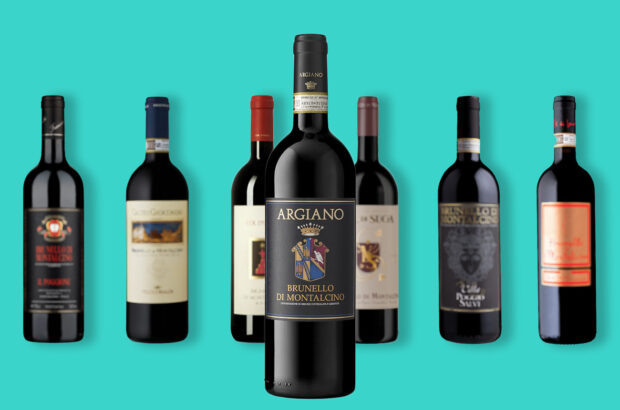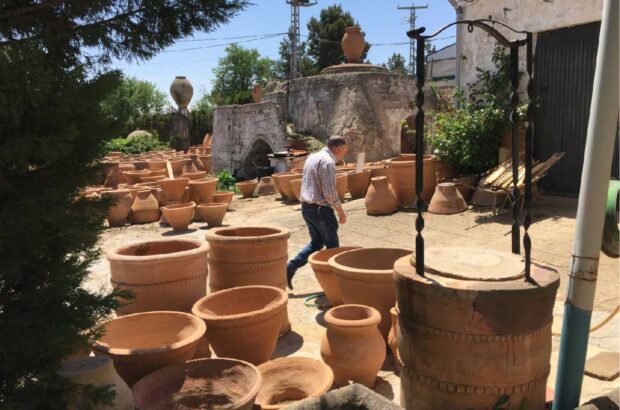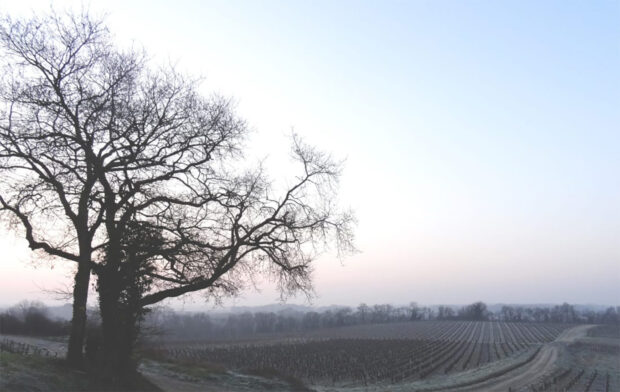In the tasting room at one of Bordeaux’s most respected négociants, I am chewing away at 80 samples of Bordeaux 2000. I am one of 350 people, mostly distributors, importers and a few writers, tasting today..It’s hard work, very young wines being tough to taste, but it’s interesting to contrast and compare. Everyone scribbles away, assessing and often scoring the wines.
In March 2000, 4,000 professional tasters were tramping around Bordeaux. Many tapped their judgments directly into a laptop, and their tasting notes and scores were online within hours. It’s all very exciting and commercially crucial. On the basis of these early tastings firm judgments will be made, and the most influential journalists’ notes and scores will help determine the châteaux’ opening prices.
I cannot help believing, as I go through this exercise every year, that it is intellectually dishonest, and that consumers’ interests are ill served. It is self-evident that a wine tasted in March will be very different from the same wine tasted 15 months later, after bottling. The additional ageing will alter its texture, flavour and aroma; then the wine may undergo winemaking processes that will do the same. Moreover some wines are blended and thus ‘final’ before March; others are not. In a wine’s infancy, it is possible to detect certain elements such as tannin levels and concentration, but a gushing note on aromas may be largely invalid once it is in bottle.
There is also no control over authenticity of samples. At CVBG (Compagnie des Vins de Bordeaux et de Gironde) I asked director Jean-Marie Chadronnier whether he has any such control, and he admits that the system is based on trust. Patrick Maroteaux, president of the Union des Grands Crus de Bordeaux, says the same, though at least the subject is up for discussion at the Union.
All experienced tasters of young Bordeaux have been surprised to see how well an underperforming château has scored blind. Either there has been radical improvement, or the sample has been tweaked. US wine journalist Charles Laverick told me how his team was amazed by how well a modest Margaux cru bourgeois tasted one year. Off they went to the château where, despite initial reluctance, the tasters were finally allowed to taste from barrel.
‘There was no way the bottled sample was representative of what we tasted in the chai.’ In my tastings in 1999 and 2000 I have scored very highly châteaux that have been mediocre for decades. I am deeply suspicious. But to prove trickery is almost impossible.Most châteaux are undoubtedly honest, but every château owner wants his wine to taste good. The better it tastes, the higher the score, the reputation and the price. Given the immense power of the American wine press, it is understandable that winemakers will try to ensure their wine is as approachable as possible, even in its extreme youth.
One Bordeaux oenologist told one of his clients: ‘The only thing that matters is that your wine tastes wonderful for one month.’ A technique such as malolactic fermentation in barrel is essentially designed to bring to the fore the toasty oak flavours that tasters often admire. It’s not detrimental to the wine, but is unlikely to improve its quality either. The justification for offering very young Bordeaux for sale is that the purchaser will secure a bargain by buying early. It’s a blissful system for the proprietors, who receive a lot of money before the wine is even released, and merchants can also secure good margins. But do consumers really benefit from handing over cash so soon after the vintage? In certain vintages, such as 1982 and 1995, the answer is yes. The first growths and most sought-after Pomerols also can be good investments. But anyone who bought en primeur in 1997 will be sitting on a declining asset.
Indeed, those who bought the excellent 1996s en primeur can still buy them at the same prices. So the economic argument for buying early is only occasionally valid. In addition, the purchaser who has bought the young wines has no title to them, so should any link in the chain from estate to buyer go belly up, which sometimes happens, you may find yourself out of pocket and with no wine.
The en primeur system is essentially a con. Imagine that a car salesman gives you the following spiel: ‘Why not buy our new Delirium? It hasn’t been built yet, but here is a model. It may have a 2.2-litre engine but we can’t be sure. I suggest you pay me now, in full, and we’ll deliver it to you in two years’ time. In the meantime we’ll keep your money. If, after delivery, you find performance disappointing, that’s too bad.’ You would certainly tell the salesman to get lost. Yet Bordeaux enthusiasts have fallen time and again for this line, despite warnings from less gullible sections of the wine press that there is no need to buy en primeur in most vintages. Bordeaux proprietors love to report how they sold their entire production, even in modest years such as 1997, within a few hours. This may be true. But they don’t mention that many négociants, importers or retailers may be sitting on vast stocks of over-priced wines that simply aren’t selling. So avoid the scrum, take a deep breath and wait, and the wines you want (first growths and Pétrus excepted) will almost certainly become available at a price no higher, and sometimes lower, than the pumped-up cost en primeur.












